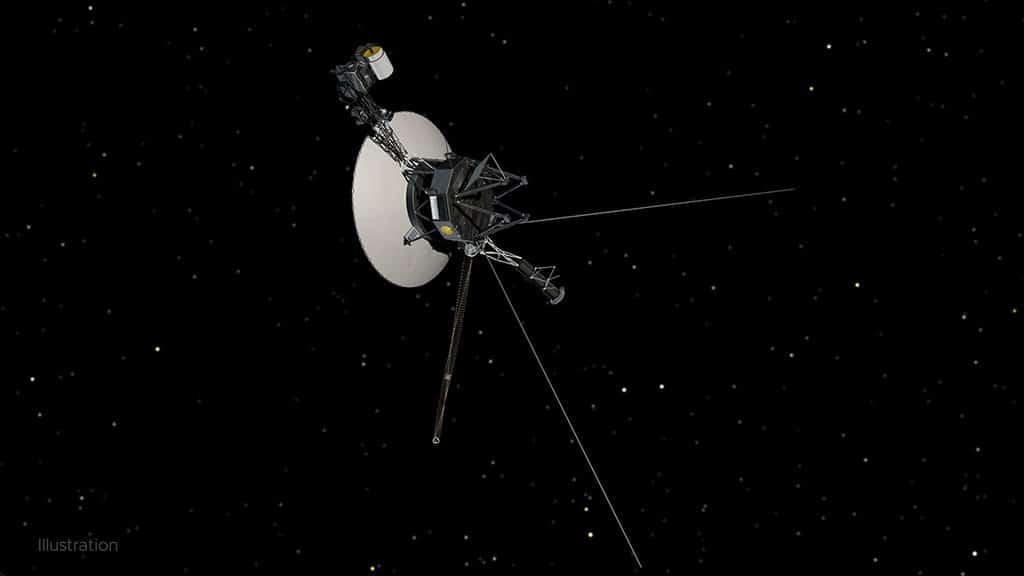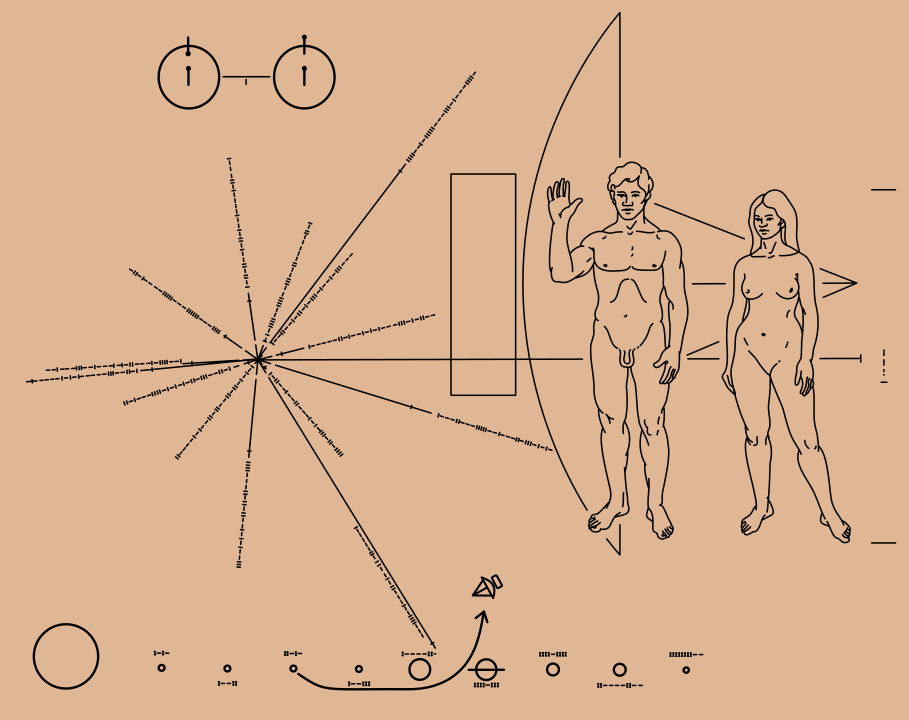?Where are the five most distant probes from Earth now

An illustration of the Voyager 1 probe traveling through interstellar space. Credits: NASA/JPL-Caltech
Humans have been launching objects into deep space for over fifty years now. Among these dozens of probes, five have reached or are approaching the edges of our solar system: Pioneer 10, Pioneer 11, Voyager 1, Voyager 2 and New Horizons. Three of them are still operating beyond their initial mission plans.
Voyager 1 and 2
The Voyager missions recently celebrated their 45th anniversary. Voyager 1 was on January 1, 2023 more than 23,830,940,000 km from Earth, while its sister was more than 19,890,790,000 km away . Their main mission is now to explore the limits of the Sun's influence. The first crossed the heliopause – the boundary where the flow of particles from the Sun ceases to be the most important influence – in 2012. The second crossed this boundary in 2018.
Despite nearly half a century of service, these two probes are still functioning and returning data from scientific instruments (the cameras were turned off decades ago), relying on radioisotope thermoelectric generators (RTGs) powered by plutonium. A few months ago, the Voyager 1 team had to solve a problem with the probe which was returning garbled information about its location. Engineers eventually found the cause of this "failure" and restored operations.
The two probes remain aging despite everything. A priori, they could work at least until 2025 , after which they will be lost forever.
Pioneer 10 and 11
The Pioneer 10 and 11 probes were launched in 1972 with the mission of making a first reconnaissance of the outer planets of the solar system. They will have been the first to cross the asteroid belt and fly by Jupiter.
Unfortunately, both of these fifty-plus-year-old spacecraft are no longer functional – Pioneer 10 has been silent since 2003; Pioneer 11 since 1995. According to the latest news, the first would now be more than 19,692,000,000 km from Earth; the second at more than 16,478,000,000 km .
Let us also remember that Pioneer 10 carries with it a message from humanity intended for possible extraterrestrials in the form of a gold and aluminum plaque . Developed by Carl Sagan and Frank Drake, it depicts a naked couple with the man's right hand raised in salute, a hydrogen atom, and a drawing of the solar system with the placement of the Earth. The trajectory of the probe and its size compared to our stature are also represented, as well as the rate of emissions of fourteen pulsars allowing the position of the Earth to be calculated by triangulation.

The Pioneer plate. Credits: Oona Räisänen
New Horizons, 8 366.57
Launched in 2006, New Horizons is by far the younger sister of these game-changing missions. In 2015, the American probe still made an impression by capturing images of Pluto, its first target. Three years ago, on New Year's Day, the New Horizons probe this time flew over a piece of ice named 2014 MU69 (aka "Arrokoth") in the Kuiper Belt, at a distance of 43.4 astronomical units from the Sun.
Its next objective will be to probe the depths of the solar system. The spacecraft is now approximately 8,366,000,000 km from Earth. In a few months, New Horizons will be 60 AU from the Sun, a territory almost inaccessible for our terrestrial tools.
In the meantime, the probe will take care of measuring the solar wind before reaching the heliopause. The mission team is also preparing for new sightings of Kuiper Belt Objects. Finally, astronomers would also like to take advantage of the position of the probe to observe the two ice giants of our system – Uranus and Neptune – and examine the way in which light diffuses through their atmosphere.
Source: websites

